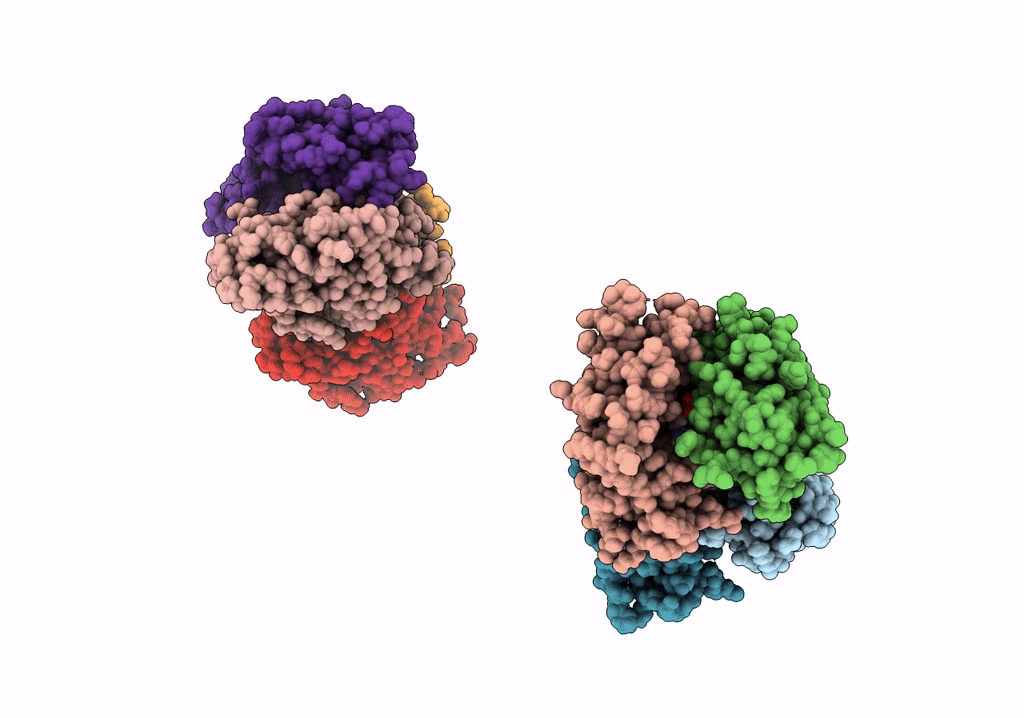
Deposition Date
2022-04-09
Release Date
2022-07-27
Last Version Date
2024-02-14
Entry Detail
Biological Source:
Source Organism:
Sphingobacterium faecium (Taxon ID: 34087)
Host Organism:
Method Details:
Experimental Method:
Resolution:
4.00 Å
Aggregation State:
FILAMENT
Reconstruction Method:
SINGLE PARTICLE


